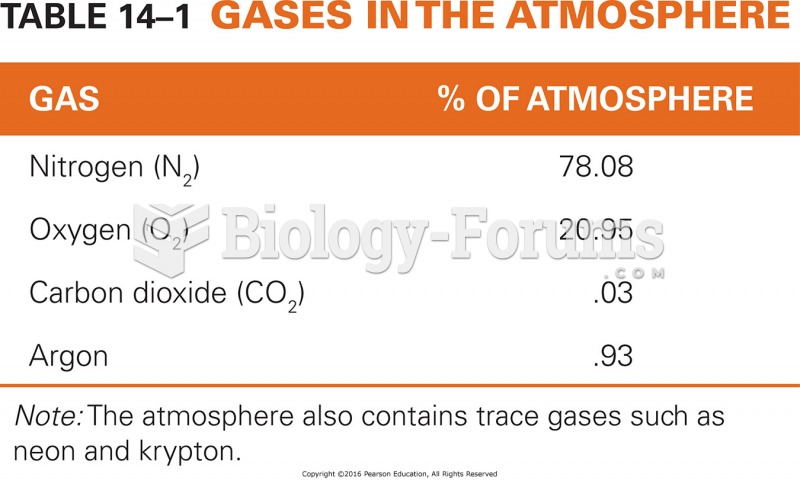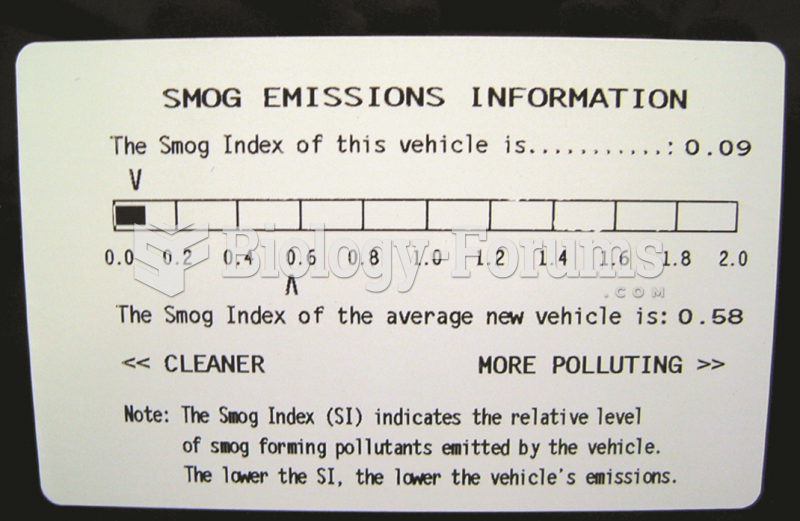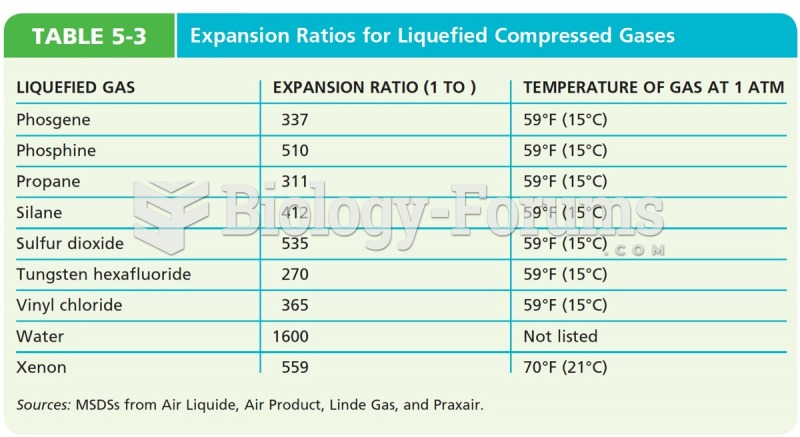|
|
|
The human body's pharmacokinetics are quite varied. Our hair holds onto drugs longer than our urine, blood, or saliva. For example, alcohol can be detected in the hair for up to 90 days after it was consumed. The same is true for marijuana, cocaine, ecstasy, heroin, methamphetamine, and nicotine.
The heart is located in the center of the chest, with part of it tipped slightly so that it taps against the left side of the chest.
When blood is exposed to air, it clots. Heparin allows the blood to come in direct contact with air without clotting.
The lipid bilayer is made of phospholipids. They are arranged in a double layer because one of their ends is attracted to water while the other is repelled by water.
The first documented use of surgical anesthesia in the United States was in Connecticut in 1844.







